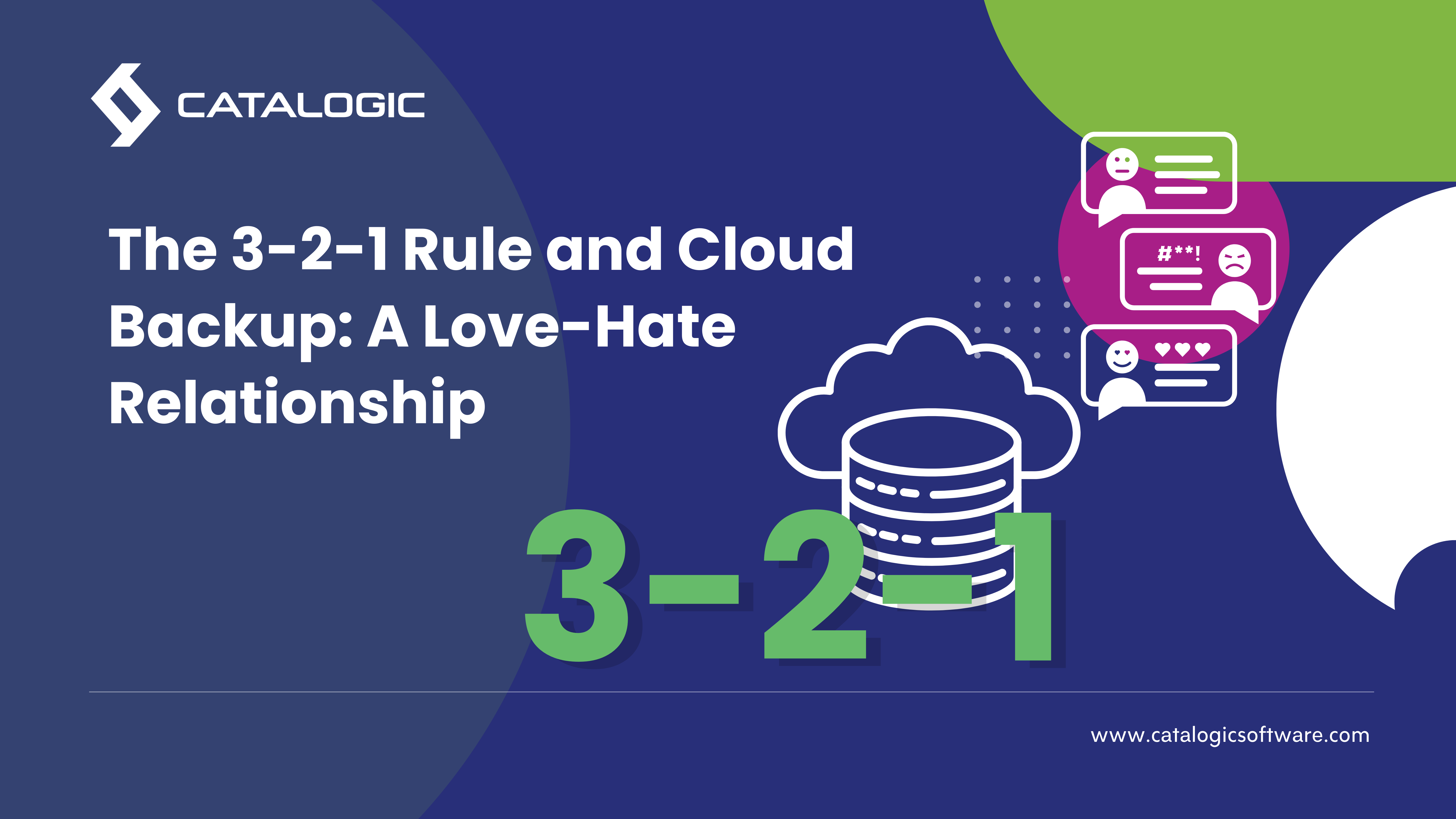The 3-2-1 Rule and Cloud Backup: A Love-Hate Relationship

 In today’s digital landscape, safeguarding data is paramount. The 3-2-1 backup strategy has long been a cornerstone of data protection, advocating for three copies of your data, stored on two different media types, with one copy kept offsite. This approach aims to ensure data availability and resilience against various failure scenarios. However, with the advent of cloud storage solutions, organizations are re-evaluating this traditional model, leading to a complex relationship between the 3-2-1 rule and cloud backups.
In today’s digital landscape, safeguarding data is paramount. The 3-2-1 backup strategy has long been a cornerstone of data protection, advocating for three copies of your data, stored on two different media types, with one copy kept offsite. This approach aims to ensure data availability and resilience against various failure scenarios. However, with the advent of cloud storage solutions, organizations are re-evaluating this traditional model, leading to a complex relationship between the 3-2-1 rule and cloud backups.
The Allure of Cloud Integration
Cloud storage offers undeniable benefits: scalability, accessibility, and reduced reliance on physical hardware. Integrating cloud services into the 3-2-1 strategy can simplify the offsite storage requirement, allowing for automated backups to remote servers without the logistical challenges of transporting physical media. This integration can enhance disaster recovery plans, providing quick data restoration capabilities from virtually any location.
Challenges and Considerations
Despite its advantages, incorporating cloud storage into the 3-2-1 strategy introduces several considerations:
- Data Security: Storing sensitive information offsite necessitates robust encryption methods to protect against unauthorized access. It’s crucial to ensure that data is encrypted both during transit and at rest.
- Compliance and Data Sovereignty: Different regions have varying regulations regarding data storage and privacy. Organizations must ensure that their cloud providers comply with relevant legal requirements, especially when data crosses international borders.
- Vendor Reliability: Relying on third-party providers introduces risks related to service availability and potential downtime. It’s essential to assess the provider’s track record and service level agreements (SLAs) to ensure they meet organizational needs.
Catalogic DPX: Bridging Traditional and Modern Approaches
Catalogic DPX exemplifies a solution that harmoniously integrates the 3-2-1 backup strategy with modern cloud capabilities. By supporting backups to both traditional media and cloud storage, DPX offers flexibility in designing a comprehensive data protection plan. Its features include:
- Robust Backup and Recovery: DPX provides block-level protection, reducing backup time and impact by up to 90% for both physical and virtual servers. This efficiency ensures that backups are performed swiftly, minimizing disruptions to operations.
- Flexible Storage Options: With the vStor backup repository, DPX allows organizations to utilize a scalable, software-defined backup target. This flexibility includes support for inline source deduplication and compression, as well as point-to-point replication for disaster recovery or remote office support. Additionally, data can be archived to tape or cloud object storage, aligning with the 3-2-1 strategy’s diverse media requirement.
- Ransomware Protection: DPX GuardMode adds an extra layer of security by monitoring for suspicious activity and encrypted files. In the event of a ransomware attack, DPX provides a list of affected files and multiple recovery points, enabling organizations to restore data to its state before the infection occurred.

Striking the Right Balance
The integration of cloud storage into the 3-2-1 backup strategy represents a blend of traditional data protection principles with modern technological advancements. While cloud services offer convenience and scalability, it’s imperative to address the associated challenges through diligent planning and the adoption of comprehensive solutions like Catalogic DPX. By doing so, organizations can develop a resilient backup strategy that leverages the strengths of both traditional and cloud-based approaches, ensuring data integrity and availability in an ever-evolving digital environment.
